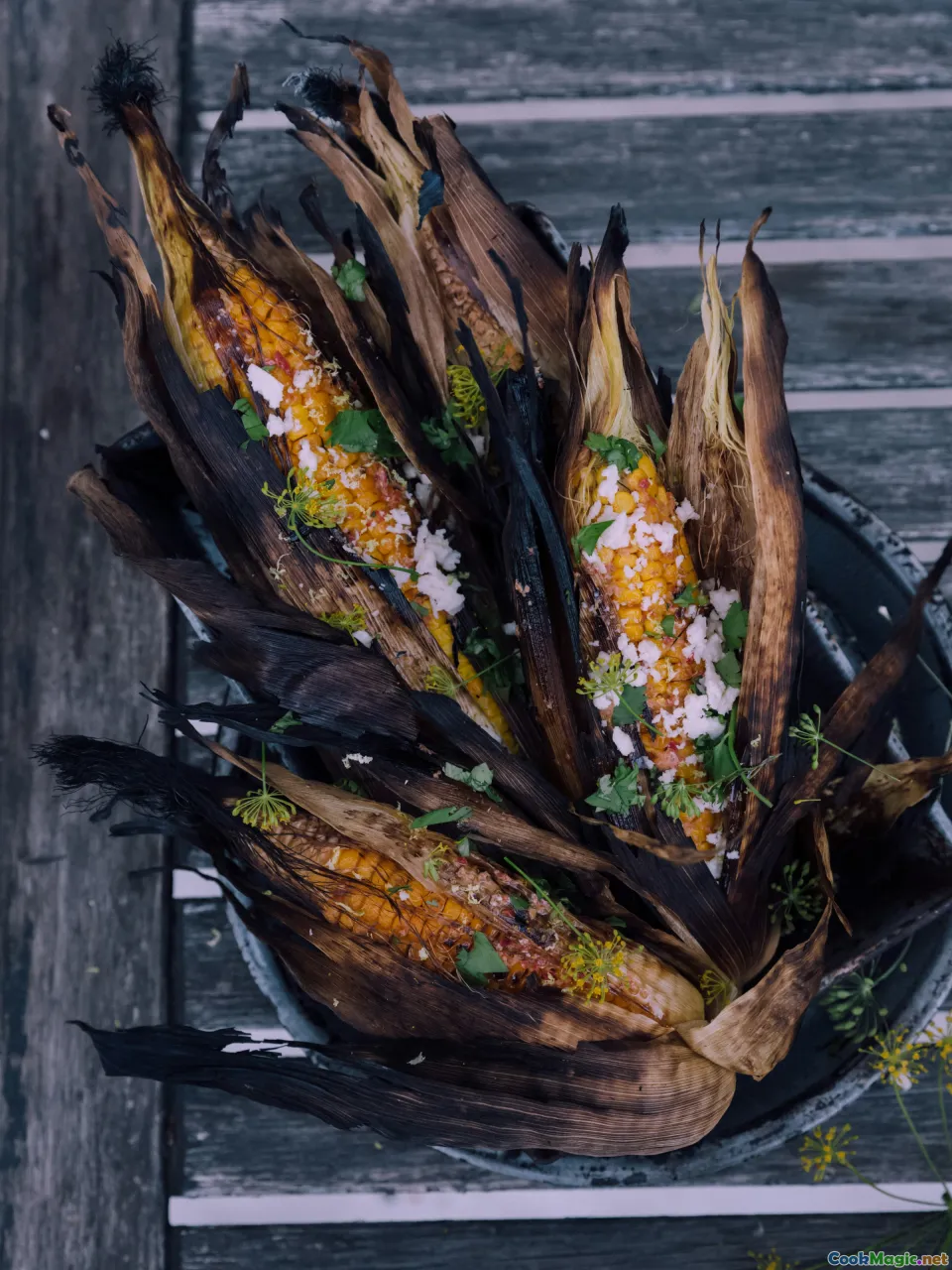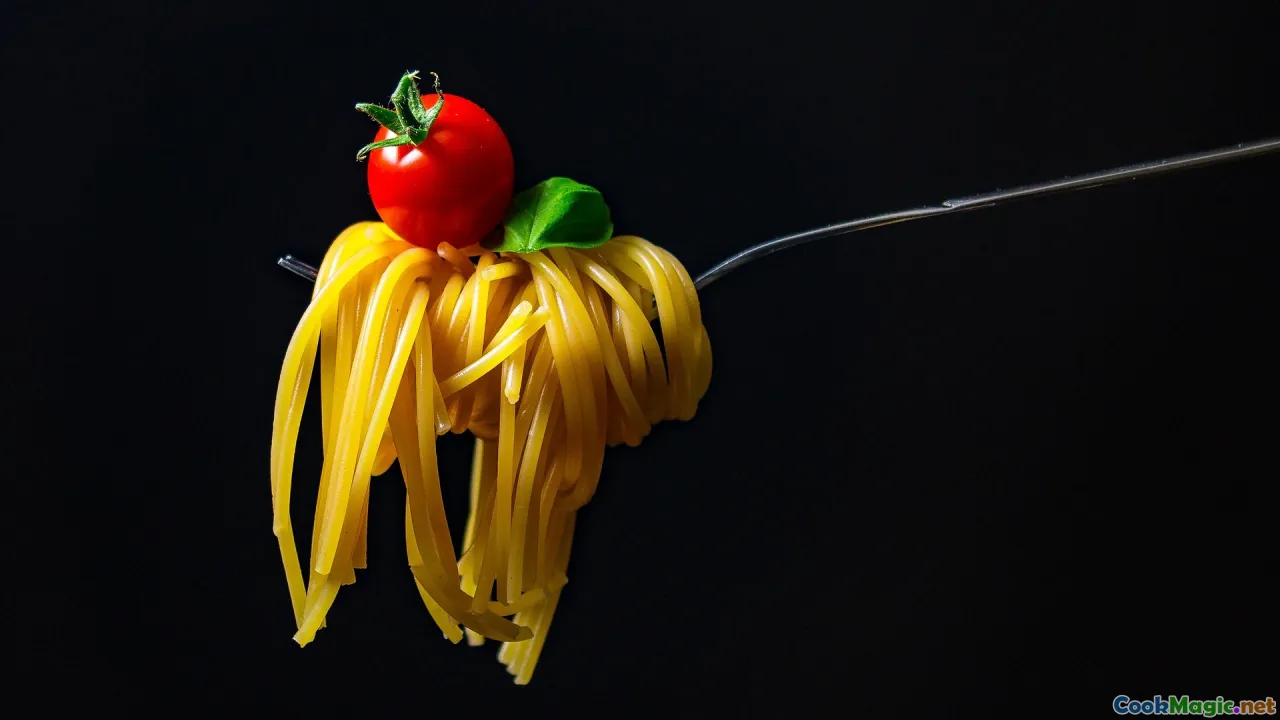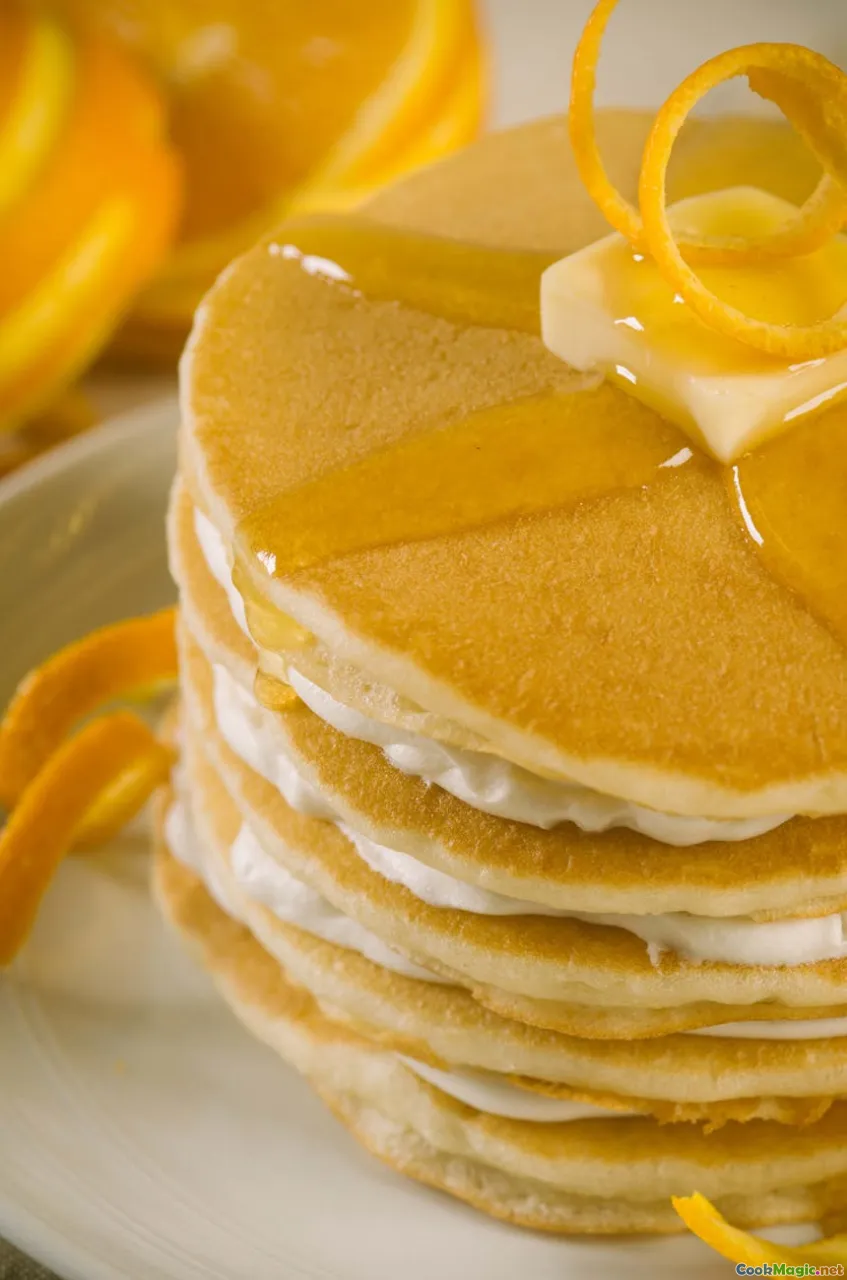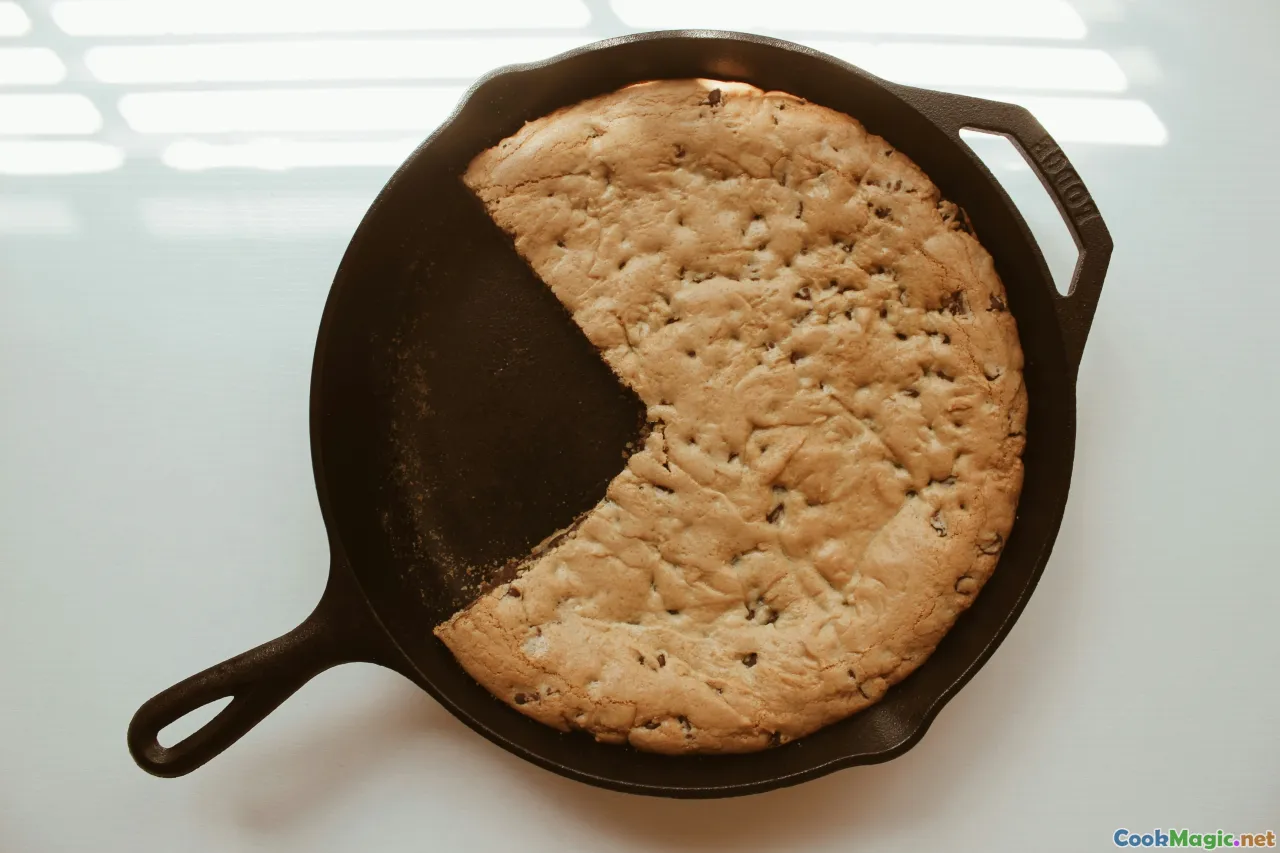Cornbread Variations Across Southern US States
10 min read Explore the diverse cornbread styles across Southern US states, highlighting unique ingredients and cultural traditions behind each variation. July 31, 2025 00:05
A Warm Slice of Southern Heritage: Exploring Cornbread Across the US Deep South
There’s something inherently comforting about a slice of freshly baked cornbread — its golden crust crackling softly, its moist crumb yielding with a subtle sweetness or savory richness depending on the mood of the cook. In the sprawling tapestry of Southern US cuisine, cornbread isn’t just a side dish; it’s a symbol of community, history, and regional identity. From the rolling hills of Georgia to the Mississippi Delta, each state’s take on cornbread tells a story—woven through flavors, textures, and baking traditions that have been passed down through generations. Today, we embark on a flavorful journey exploring cornbread variations across Southern states, unearthing culinary secrets, cultural nuances, and sensory delights behind this humble yet profound bread.

The Heart of the South: Cornbread in Georgia and the Carolinas
Georgia, often called the Peach State, has a rich history rooted in agrarian traditions, and cornbread plays a pivotal role on many Southern tables. Here, cornbread is deeply intertwined with family gatherings, church dinners, and Southern hospitality. The classic Southern cornbread in Georgia is often cast in a cast-iron skillet, creating that distinctive golden-brown crust with a slightly crispy exterior.
This variation leans toward a savory profile, with a fine-textured crumb made from stone-ground yellow cornmeal, which imparts a nutty flavor. But beyond tradition, modern cooks add a twist: a splash of buttermilk for tanginess, or bits of cooked bacon nestled within for smoky richness.
In North and South Carolina, cornbread embodies the savory soul of the Lowcountry and piedmont regions. Here, moist, rich cornbread — sometimes sweetened slightly with honey or molasses — accompanies hearty dishes like shrimp boils, fried chicken, and collard greens.
Tips for Perfect Georgia-Style Cornbread
- Use fresh, stone-ground cornmeal for texture and flavor.
- Bake in a preheated cast-iron skillet to develop the signature crust.
- Incorporate buttermilk for moisture and a slight tang.

Mississippi Delta: The Soulful, Sweet Side
Venturing westward into the Mississippi Delta, cornbread assumes more soulful, comforting dimensions. Here, the influence of African-American culinary traditions can’t be overstated. The cornbread of the Delta is often baked into a pan or skillet, featuring a slightly sweeter touch — infused with buttermilk, honey, or sorghum.
Some New Orleans cooks enhance their cornbread with chopped jalapeños or a hint of smoked paprika, giving it a complex smoky-sweet flavor. A hallmark is cornbread served with soulful stews — bubbling pot roasts or hearty beans — absorbing all that rich, spicy goodness.
Regional Highlight: Skillet Cornbread with Honey Butter
Take a steaming slice from the cast-iron skillet, its slightly crispy edges inviting you to dig in. The subtle sweetness of honey butter melts into the crumb, perfect for balancing spicy dishes or simply enjoyed on its own, embraced by the warmth of a Southern kitchen.

Alabama’s Heritage: Buttermilk and Cheddar
Alabama’s cornbread tradition reflects a culinary nostalgia that incorporates bold flavors and hearty textures. Here, cornbread is often enriched with sharp cheddar cheese, scallions, and hints of jalapeños — a testament to the state’s diverse cultural influences.
An Alabama staple is the deviled or crumbled cornbread used as a topping for casseroles, or baked as an indulgently cheesy quick bread. The use of buttermilk remains central, contributing acidity that enhances the flavor and keeps the crumb moist.
Personal Insight
I once visited a cozy Birmingham bakery where a wedge of jalapeño-cheddar cornbread, still warm from the oven, was served with a dollop of whipped butter. The balance of heat, cheese, and sweet butter evoked a nostalgic sensory wedding of comfort and spice.

The Deep South’s Pride: Mississippi and Louisiana Variations
In Mississippi, cornbread often takes a no-frills approach — simple ingredients, straightforward execution, and maximum flavor. It’s routinely served alongside rich, slow-cooked dishes and is celebrated on nostalgic church picnics.
Louisiana, with its Creole and Cajun influences, brings a glamorous, spice-laden twist. Cornbread in Louisiana might include chopped herbs, ground sassafras, or even a dash of hot sauce within the batter, making each bite a complex tapestry of flavors. Some cooks take on cornbread muffins with a hint of crab or shrimp bits, echoing the state’s seafood bounty.
Tips for Spiced Up Louisiana-Style Cornbread
- Fold in chopped green onions, celery, and paprika.
- Add a splash of seafood broth or crab boil for flavor infusion.
- Bake as muffins for individual, crispy, handheld servings.

Personal and Culinary Tales: Cornbread as a Cultural Thread
In the South, cornbread is more than just bread — it’s a vessel for storytelling, emotion, and shared history. I recall attending a family reunion in rural Georgia, where my host’s grandmother made a batch of sweet, moist cornbread infused with corn kernels and topped with melted butter. Each bite transported me to a simpler time, evoking feelings of warmth, openness, and deep roots.
Cornbread has served as a familial ritual, a staple at holiday tables, and a symbol of resilience. During the Civil Rights movement, cornbread became a communal food that unified people in shared purpose, embodying both hardship and hope.
Adapting and Elevating Cornbread at Home
While traditional recipes have remained beloved, modern cooks are experimenting to elevate cornbread with ingredients like blue cornmeal, organic honey, or vegan alternatives. Incorporating grains such as millet or quinoa can add unique textures and nutritional value.
A useful tip: consider baking cornbread in different vessels — a cast-iron skillet for crust, a ceramic dish for a softer crumb, or even a bundt pan for a show-stopping presentation.
Beyond the flavor, think about accompaniments. Honey butter, smoky chive sour cream, or even pimento cheese spread turn humble cornbread into a gourmet treat.
Celebrating Cornbread as a Southern Culinary Icon
Across the Southern United States, cornbread embodies the region’s resilient spirit and rich cultural diversity. Its endless variations mirror the unique flavor profiles and histories of each state — whether it’s the crusty, golden ethic of Georgia, the spicy, soulful delta style, or the cheesy, hearty Alabama versions.
Every cornbread recipe is a story — a tribute to the land, family, and traditions that define Southern cuisine. Whether enjoyed as a comfort food straight from the skillet or transformed into a sophisticated bread with layered flavors, cornbread remains an iconic staple, uniting generations through its warmth and soulful goodness.
As you explore your local Southern markets or forge your own tradition in your kitchen, remember: cornbread is more than a side — it’s a edible narrative. Embrace the variations, savor the history, and craft your own slice of Southern heritage.









